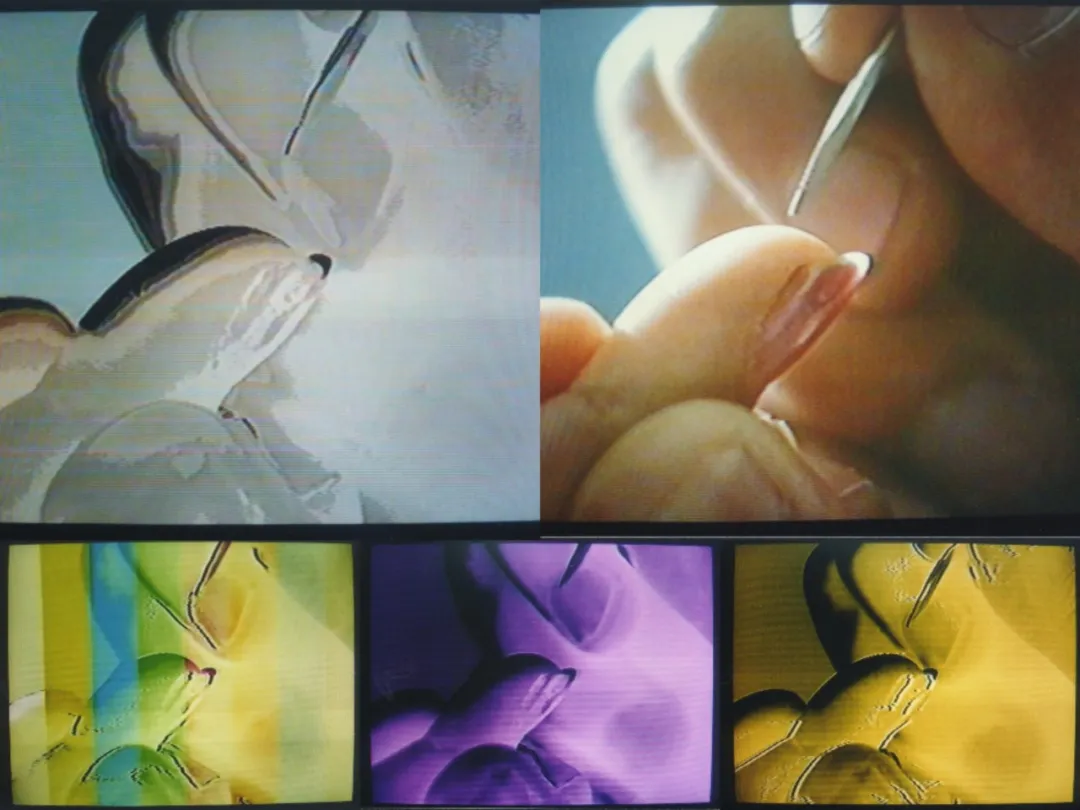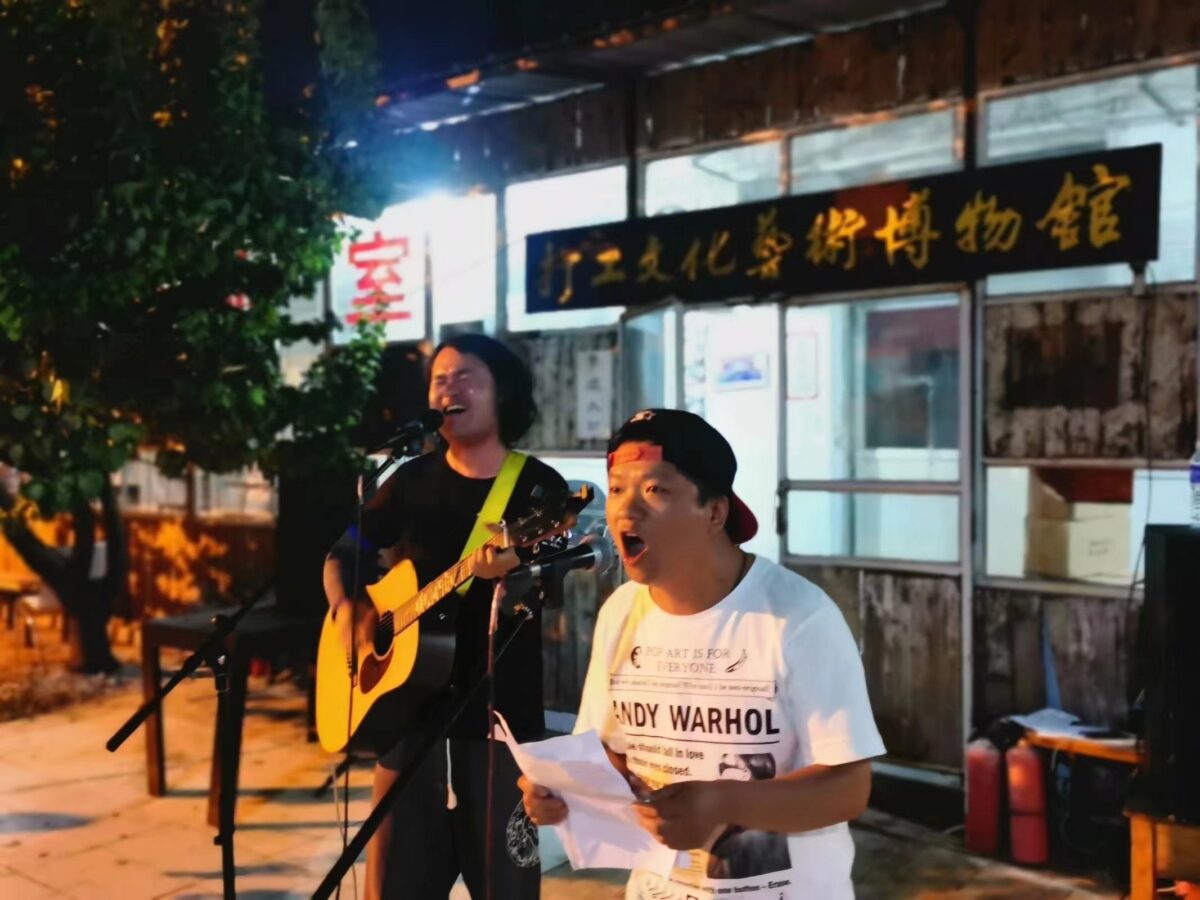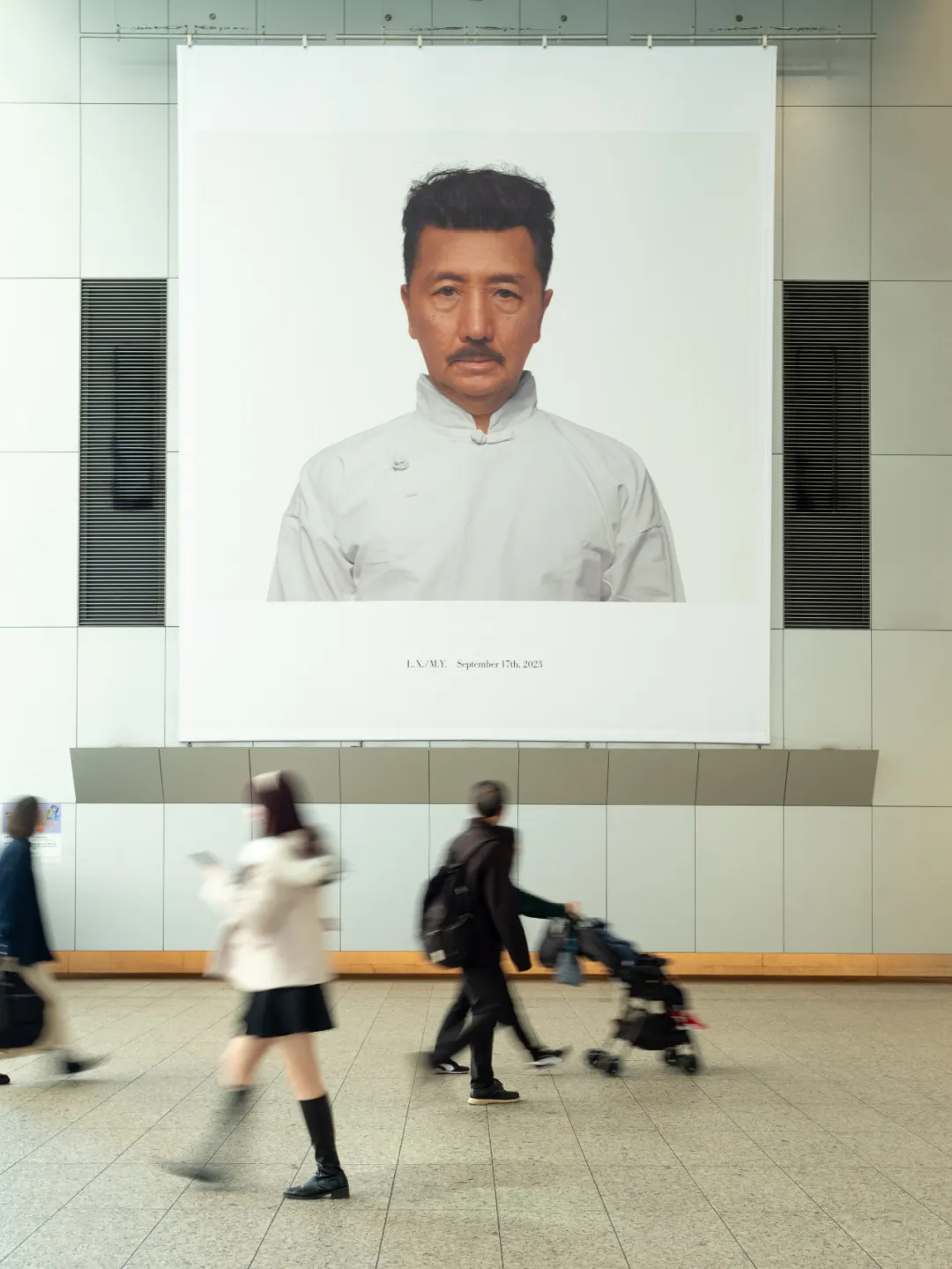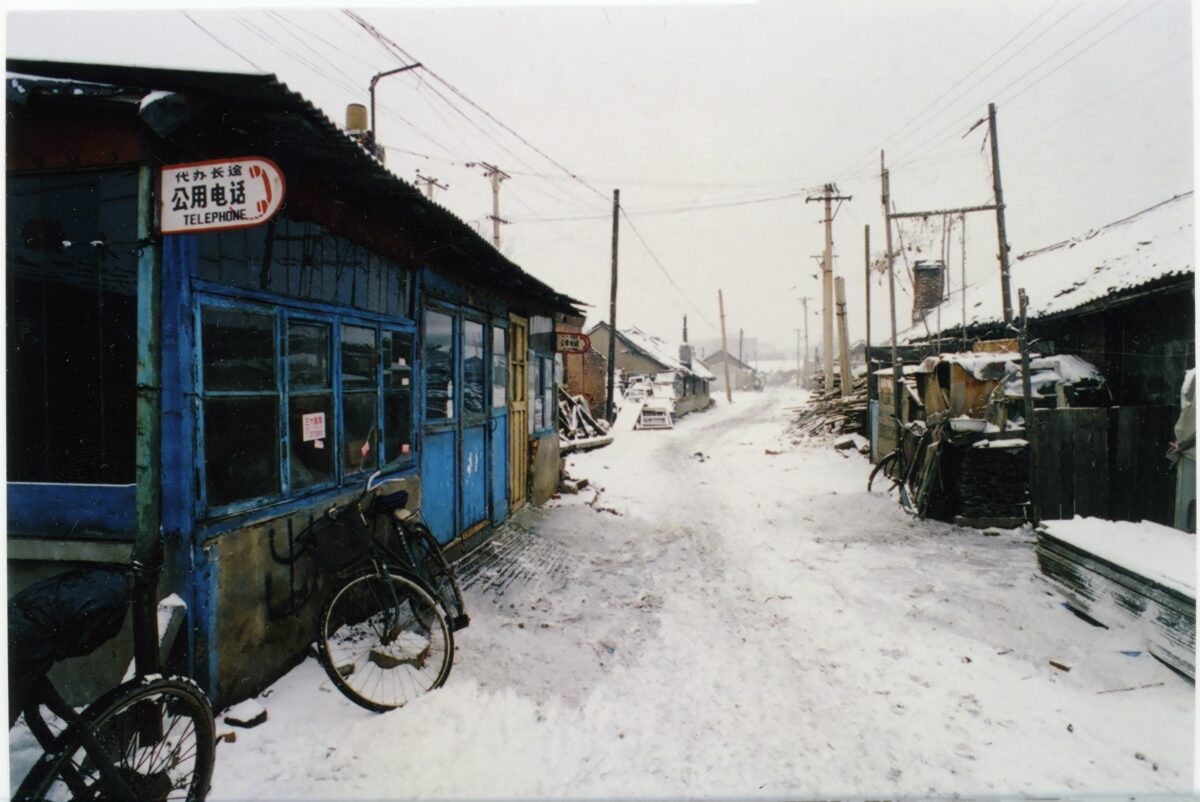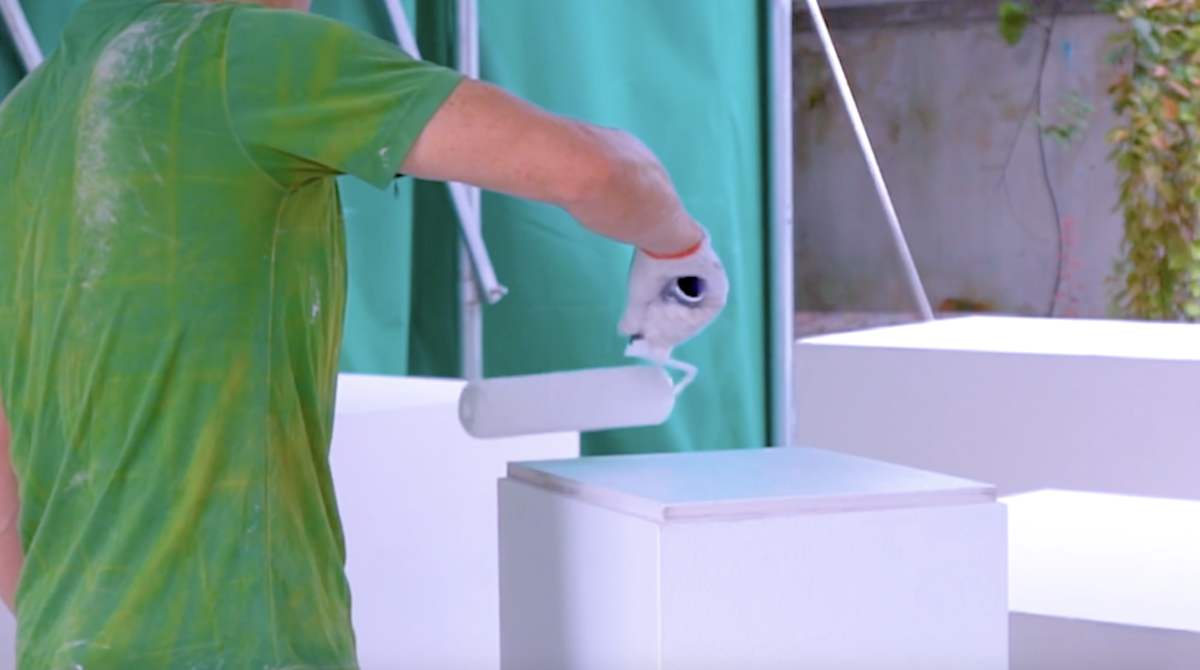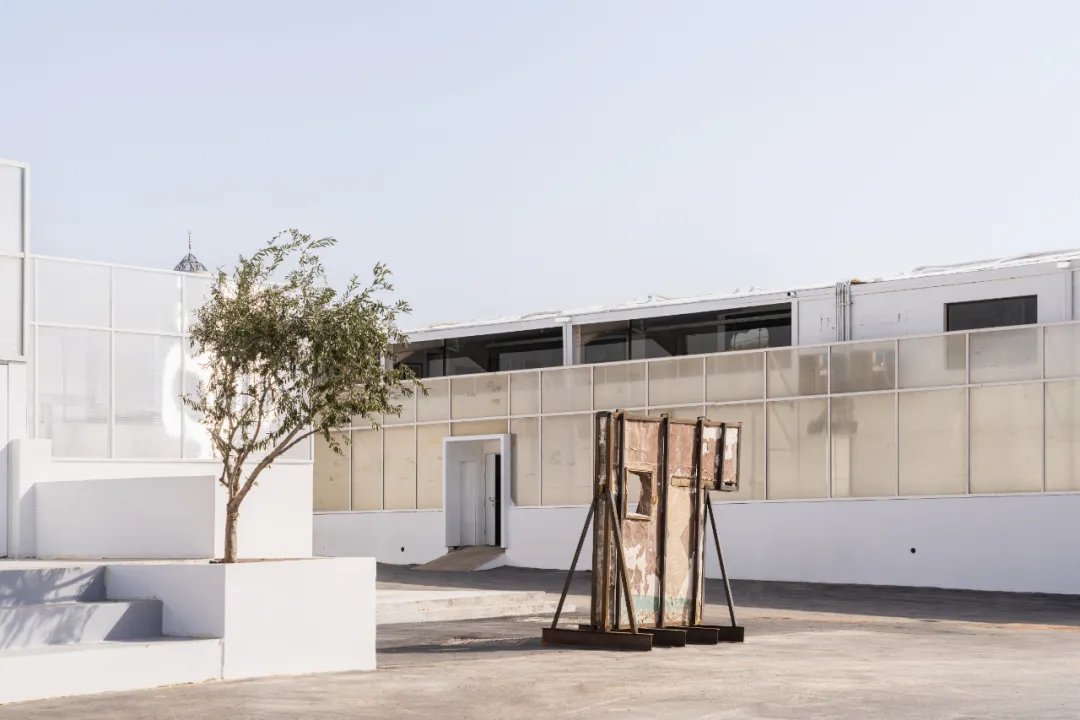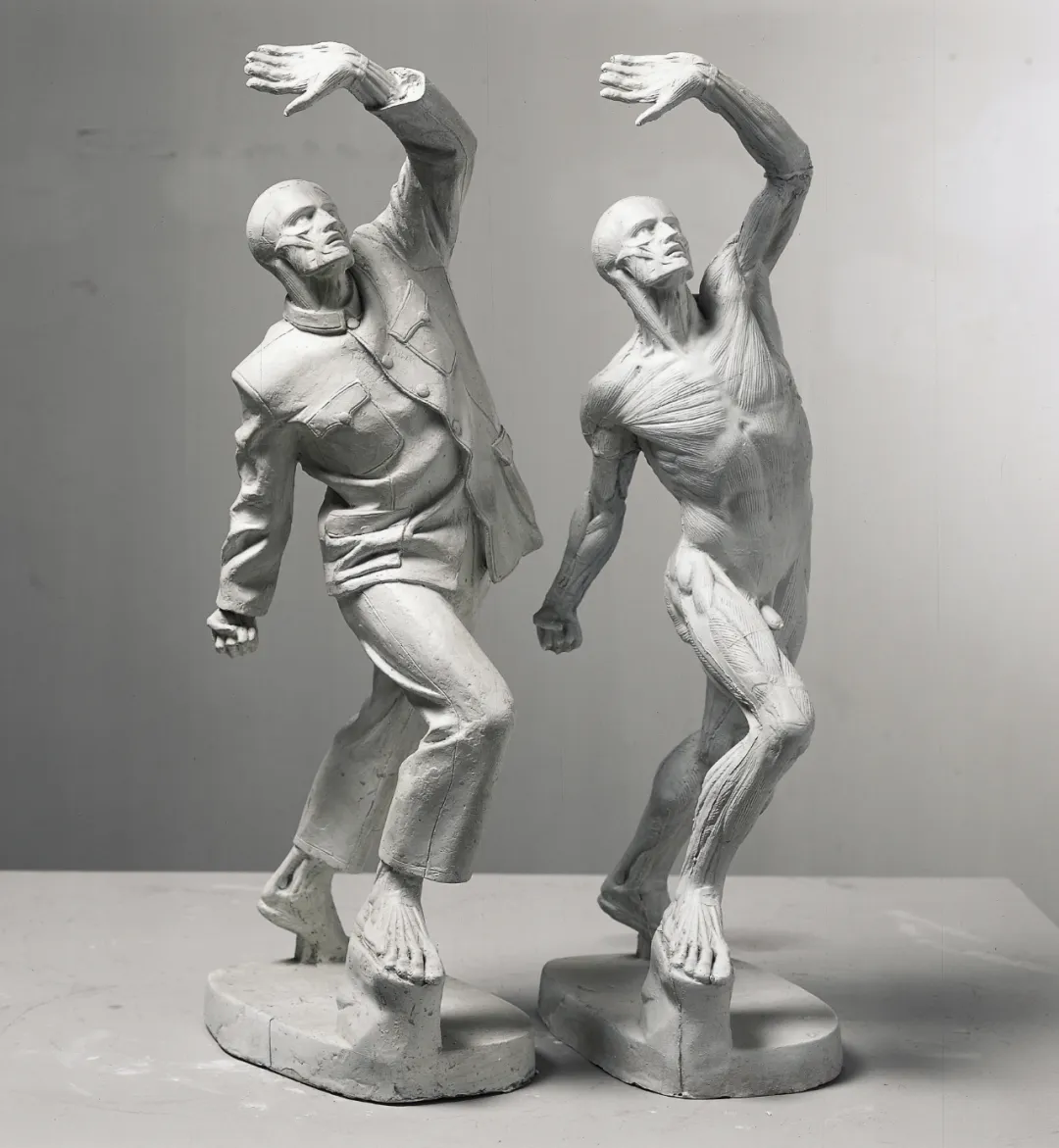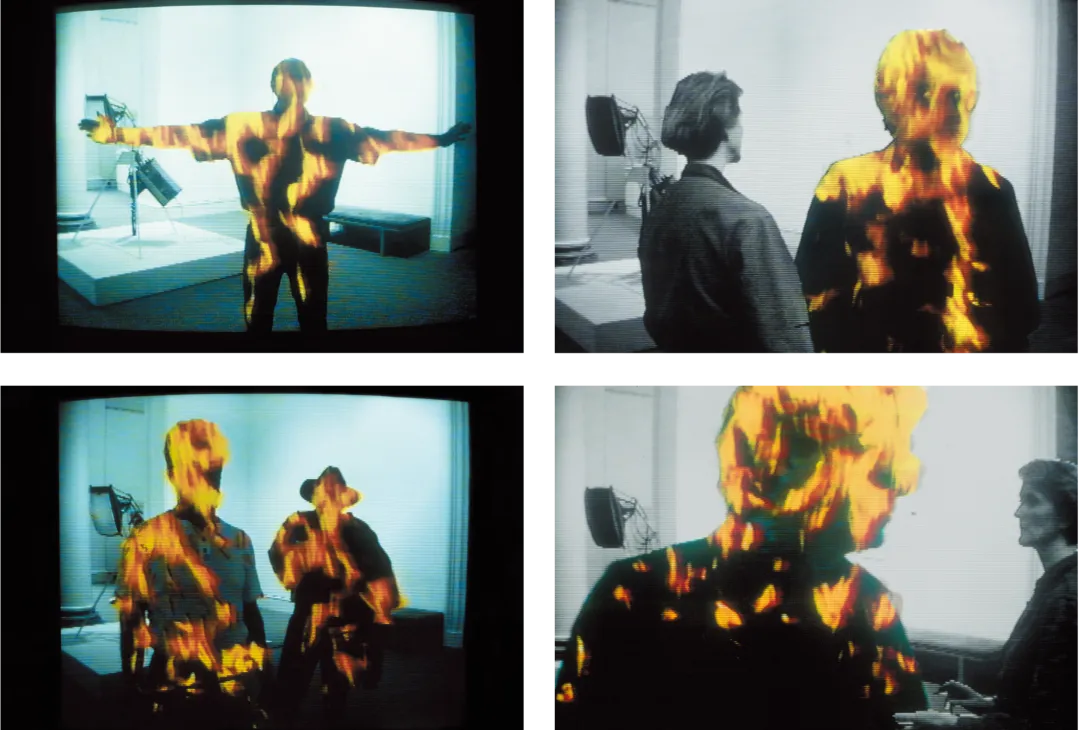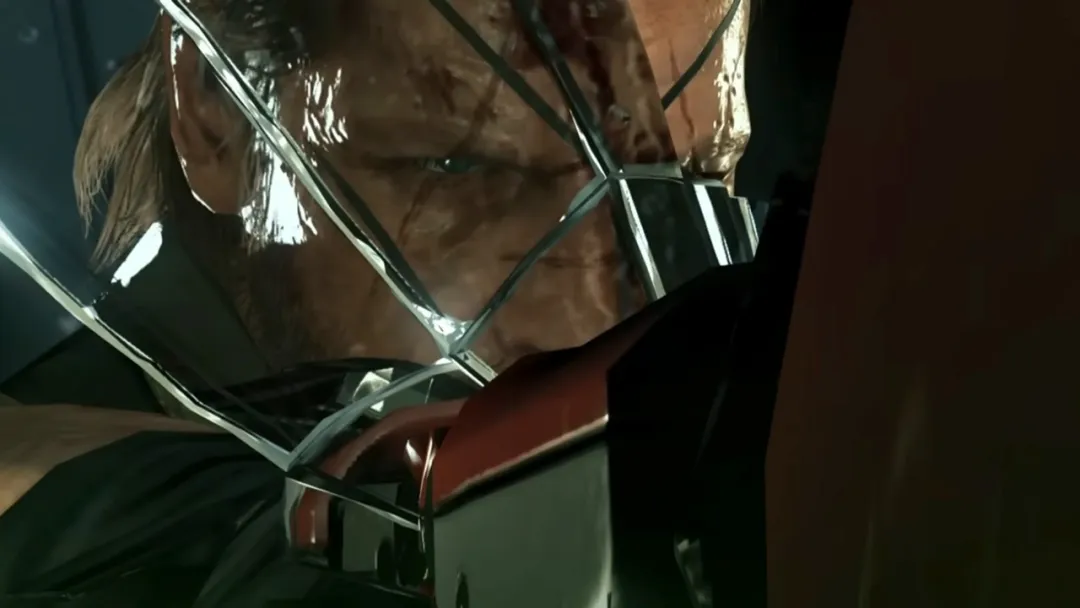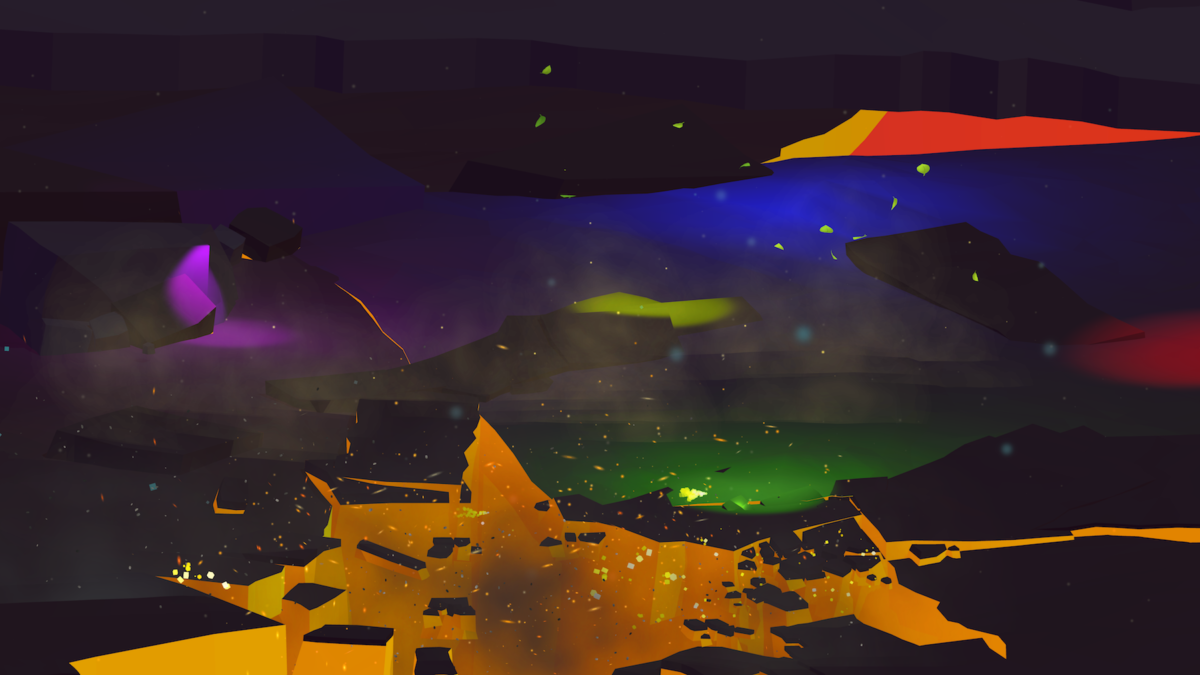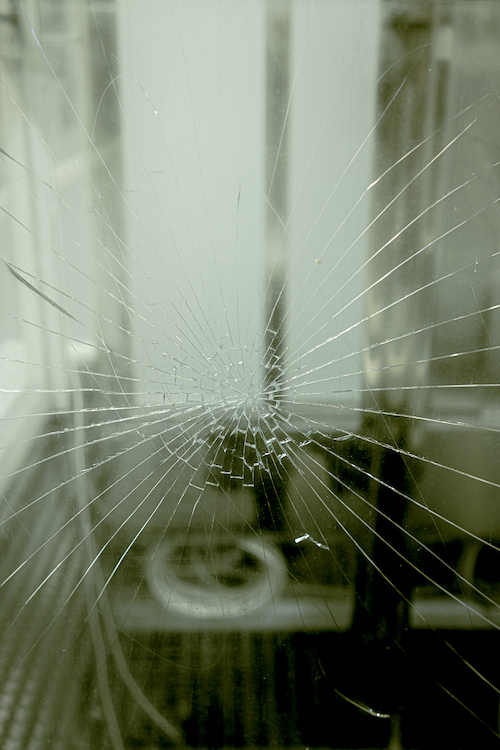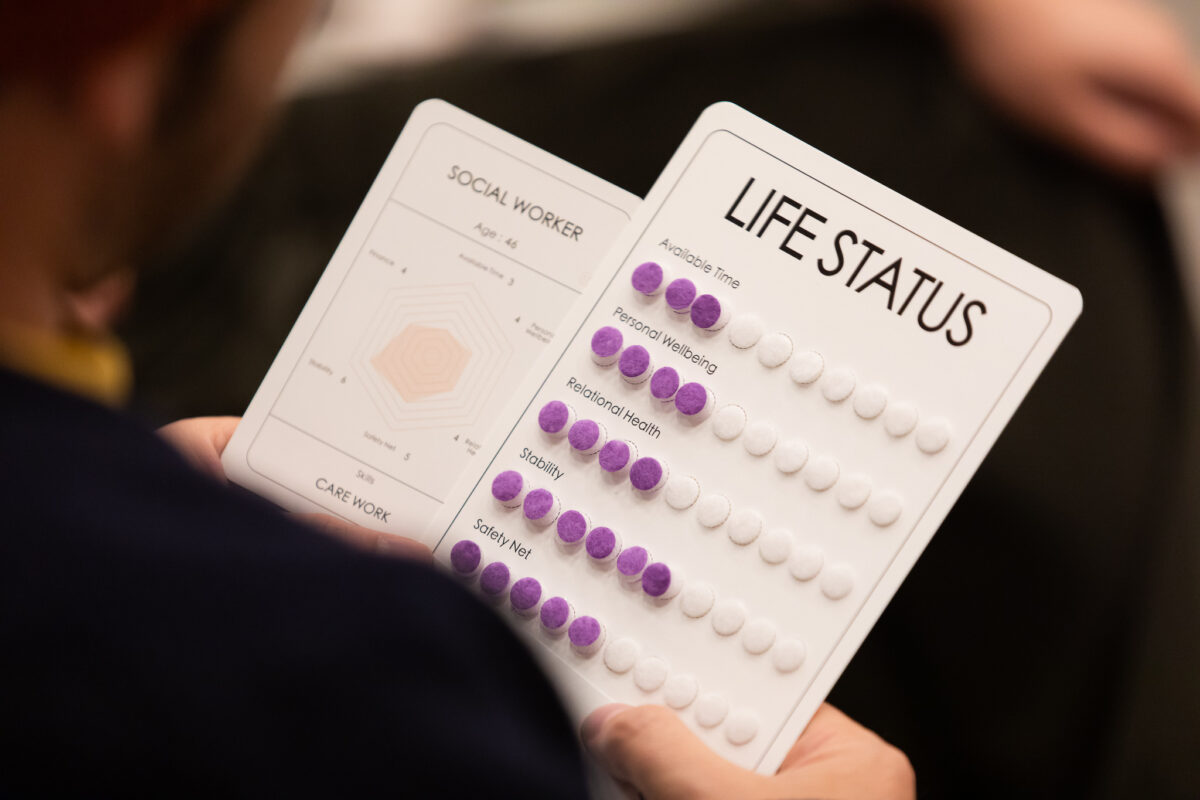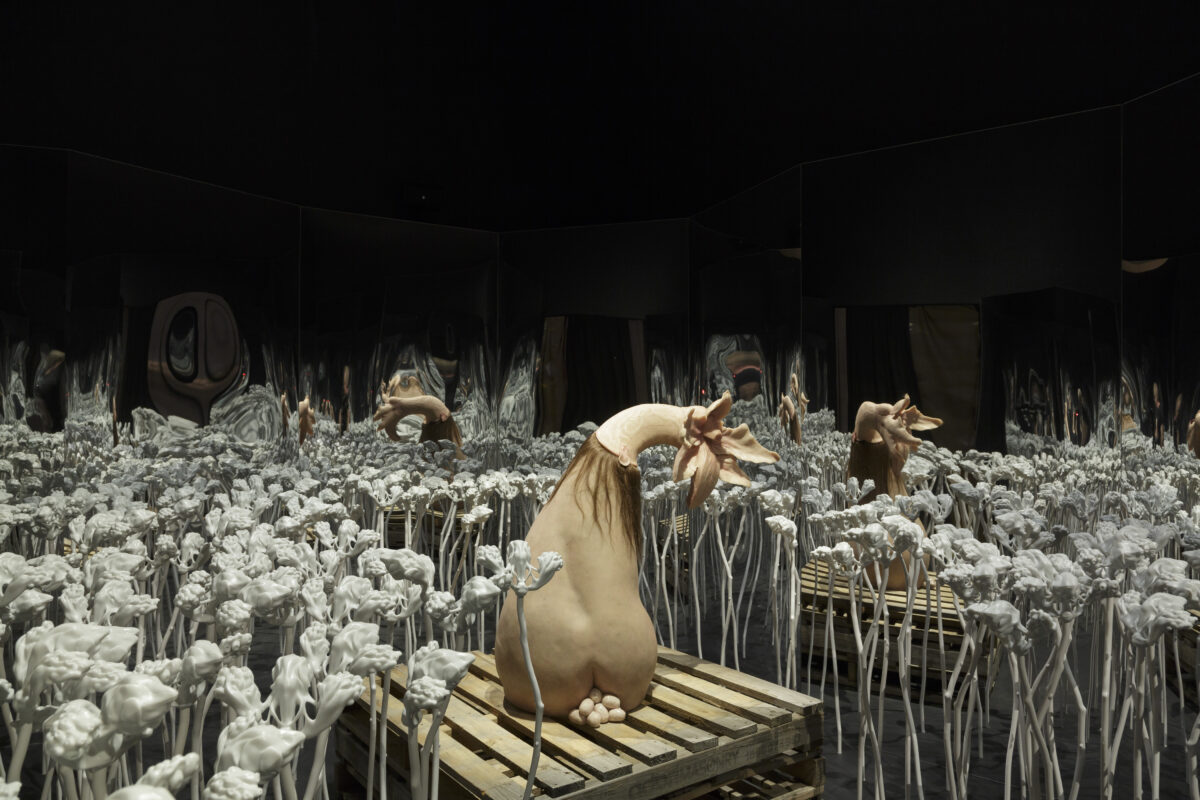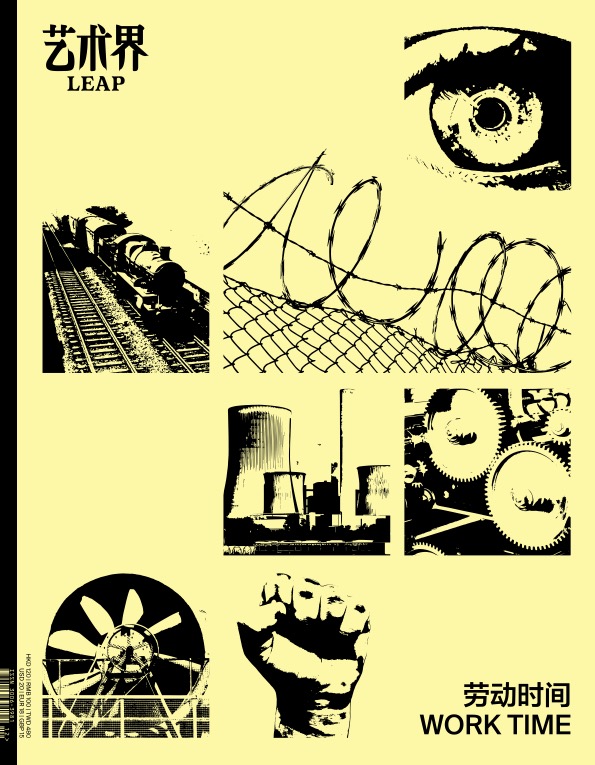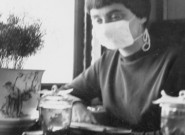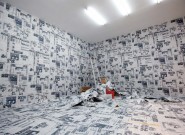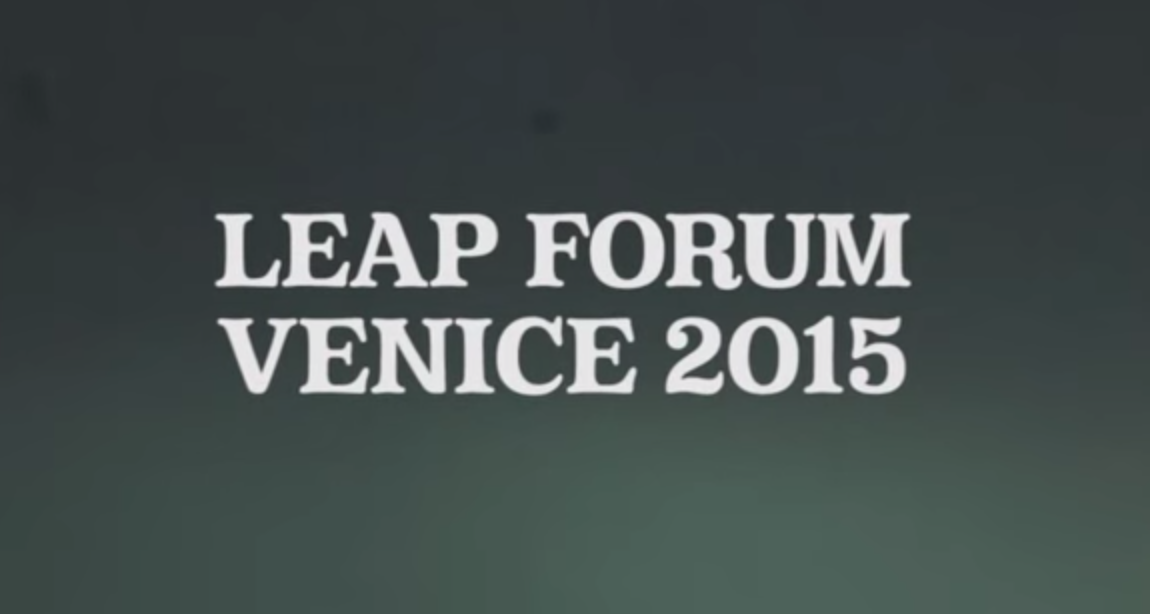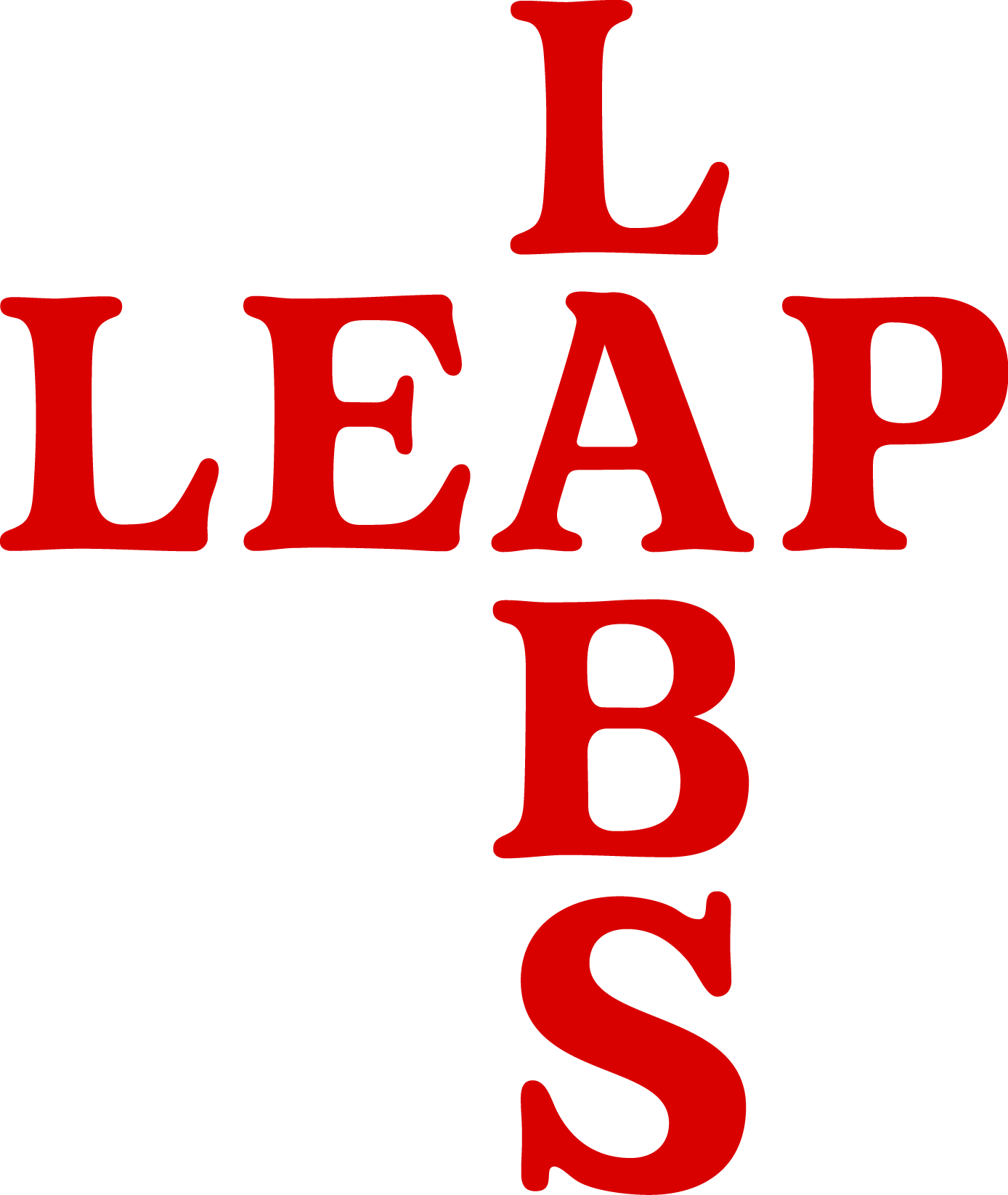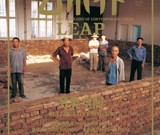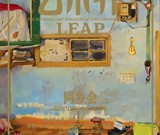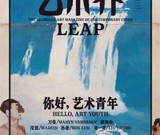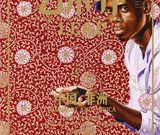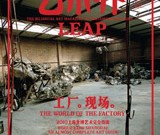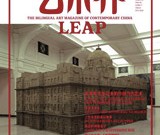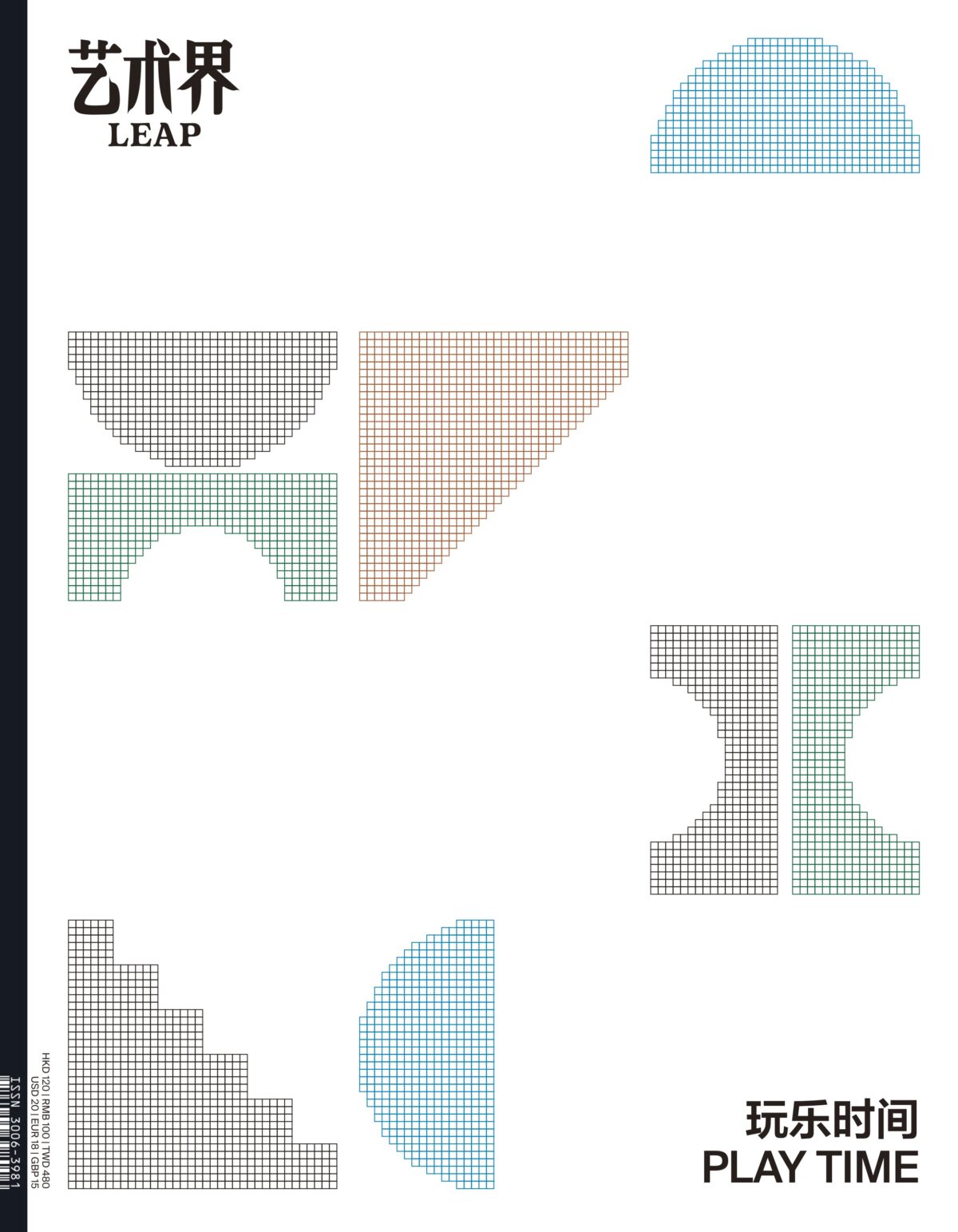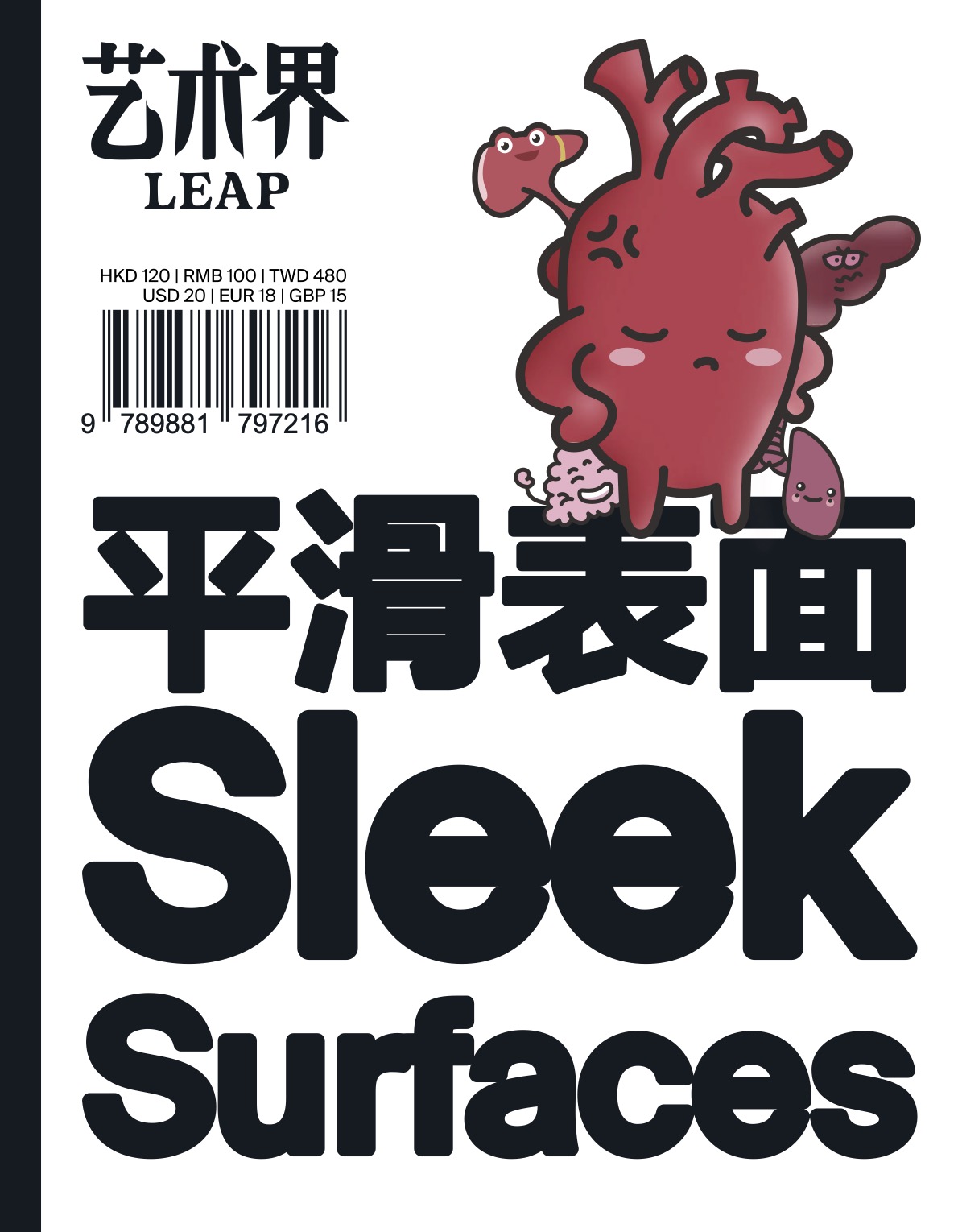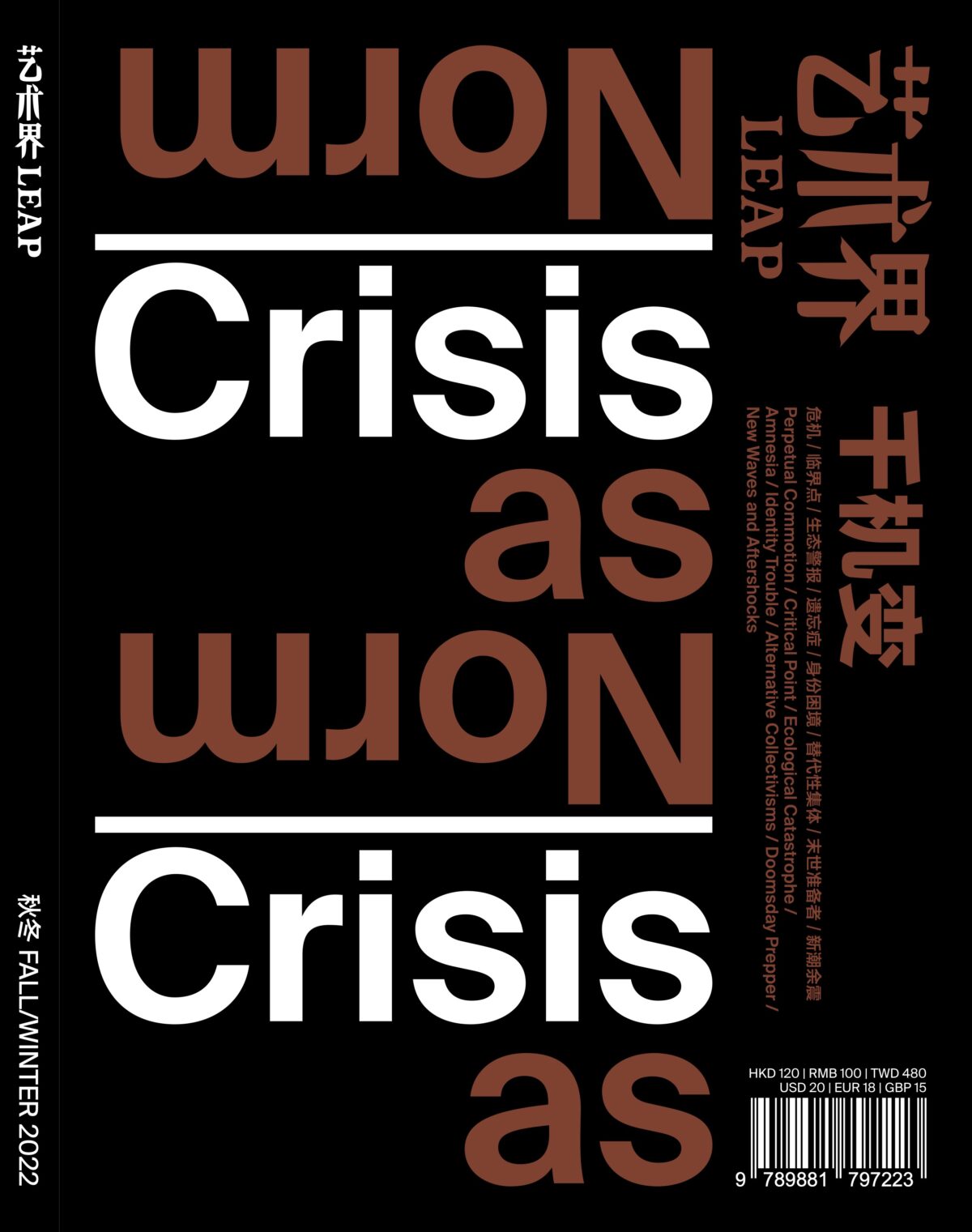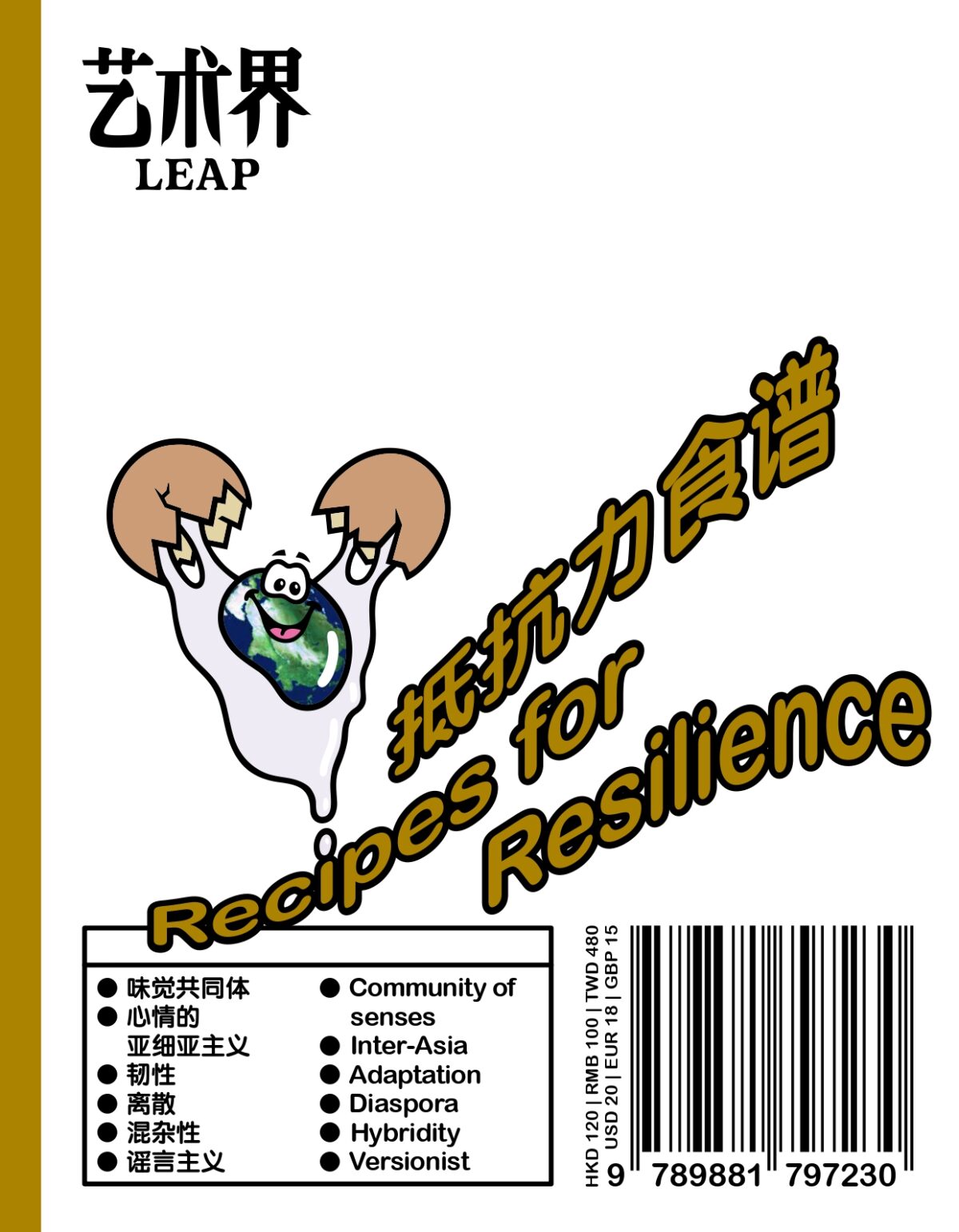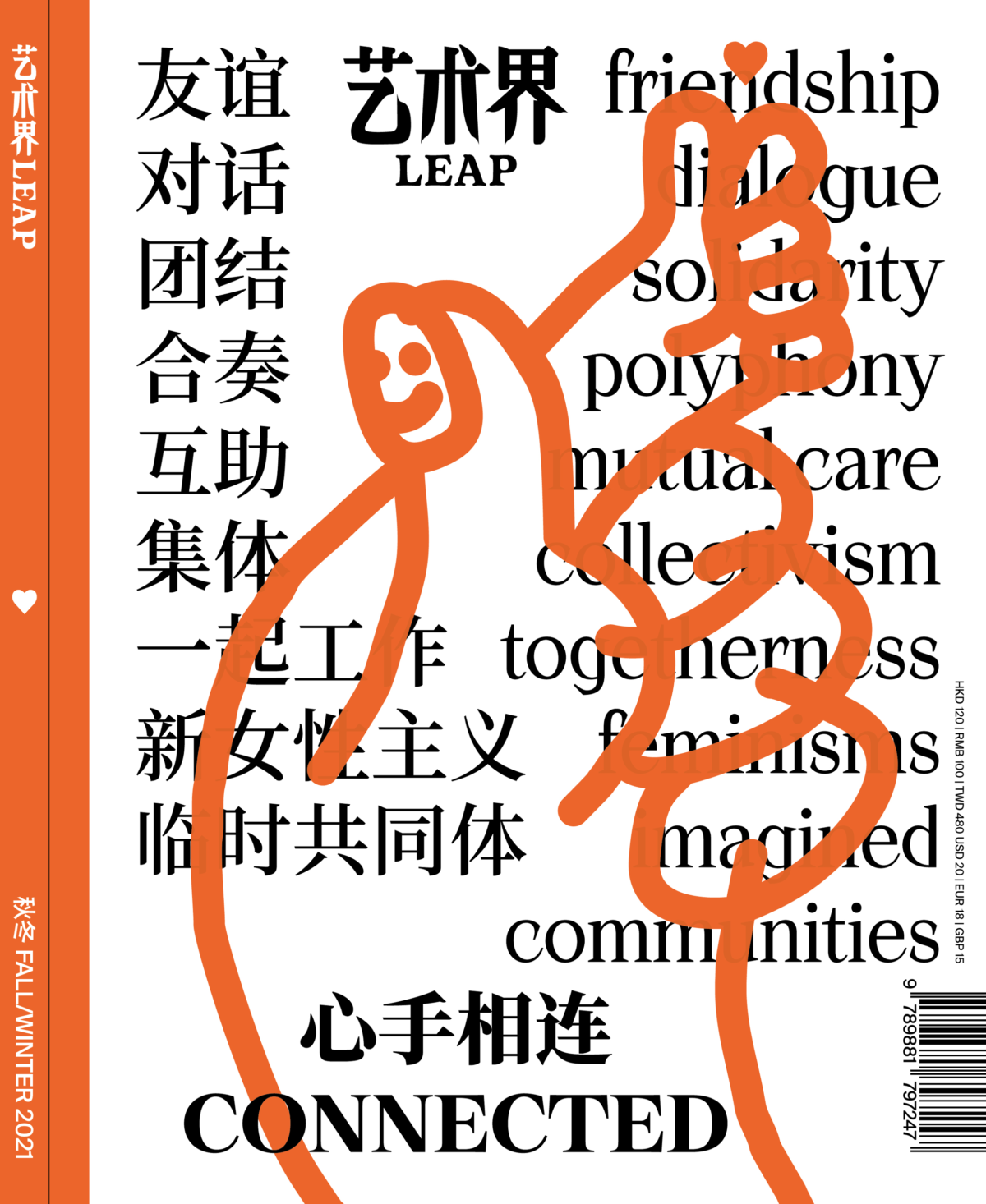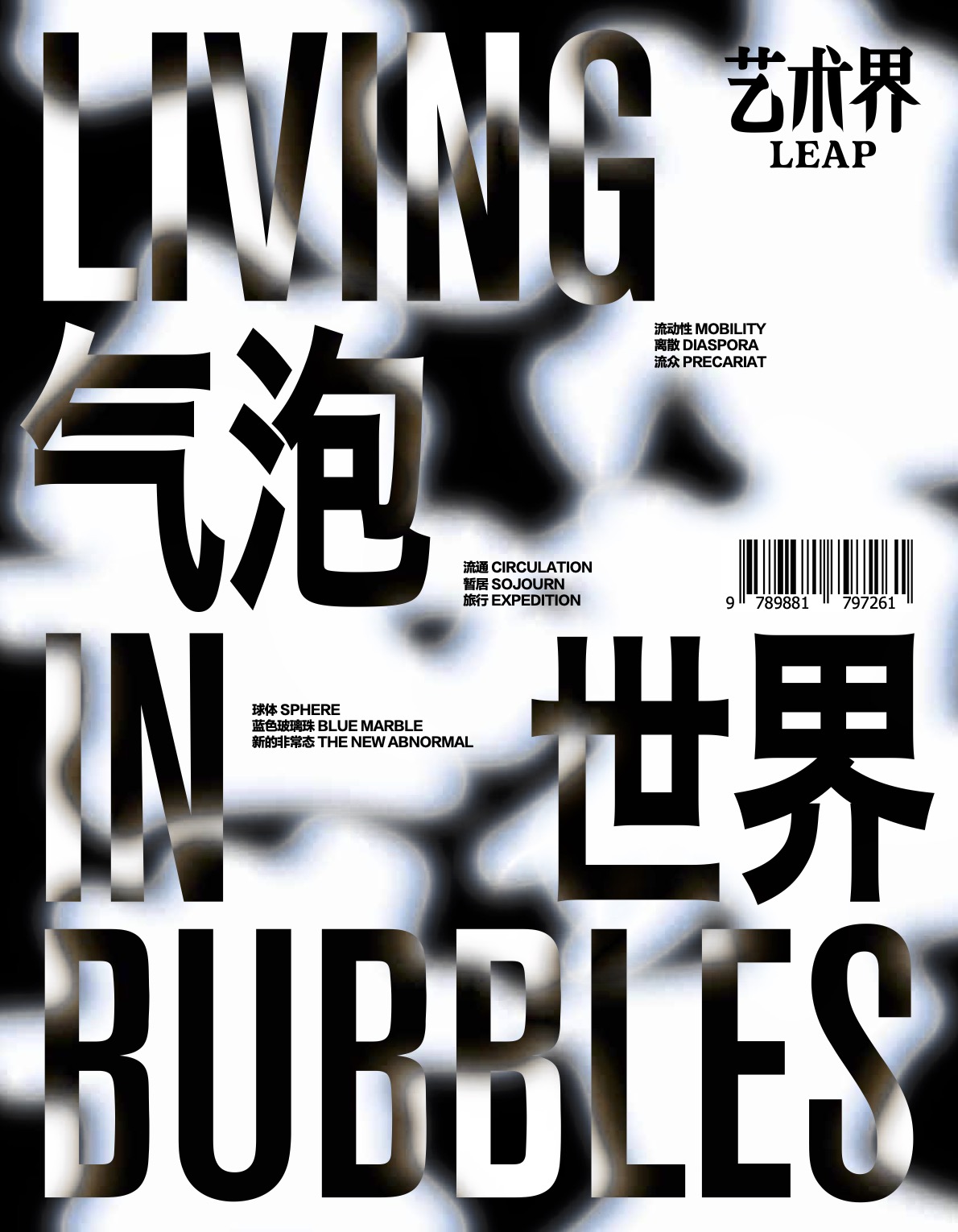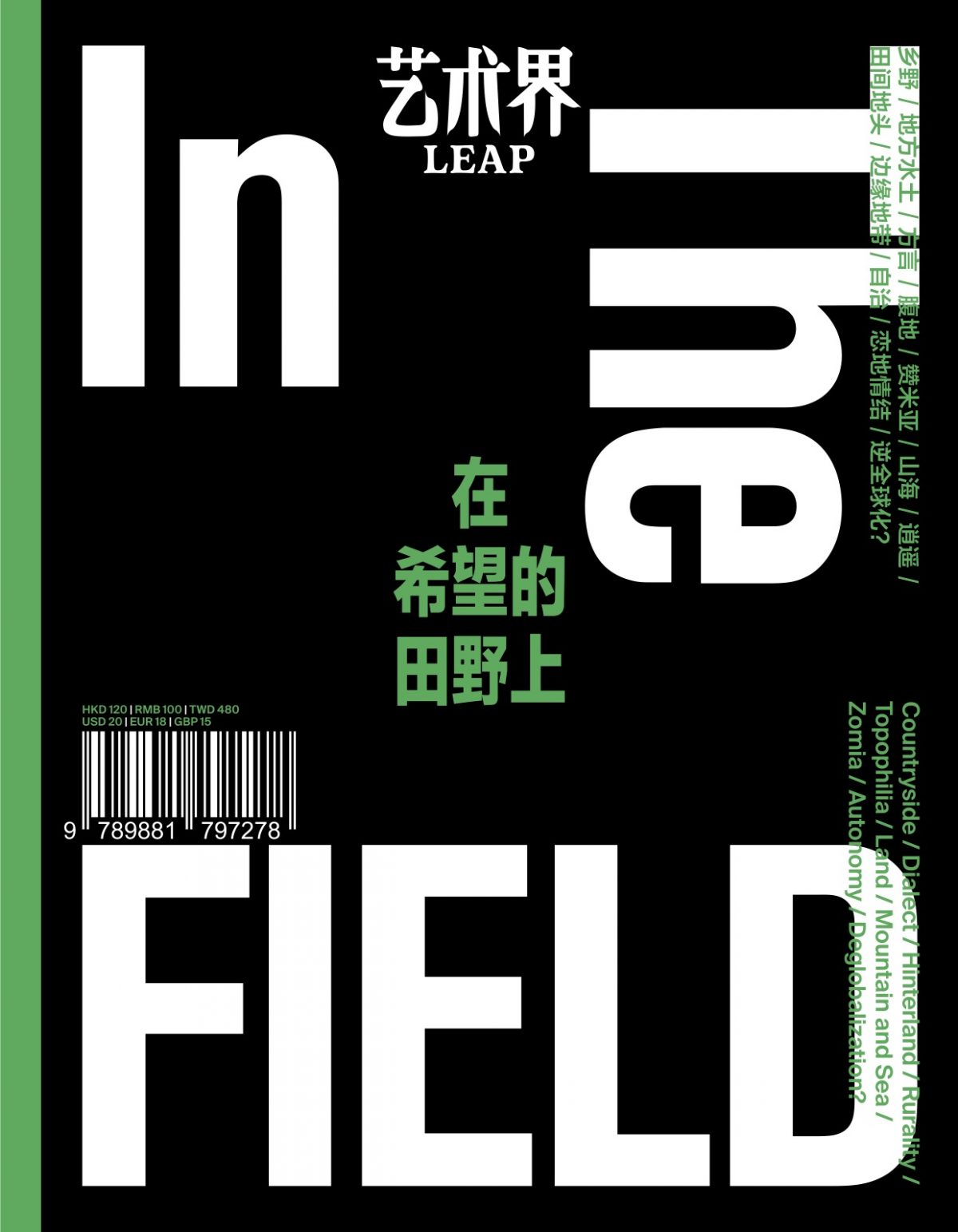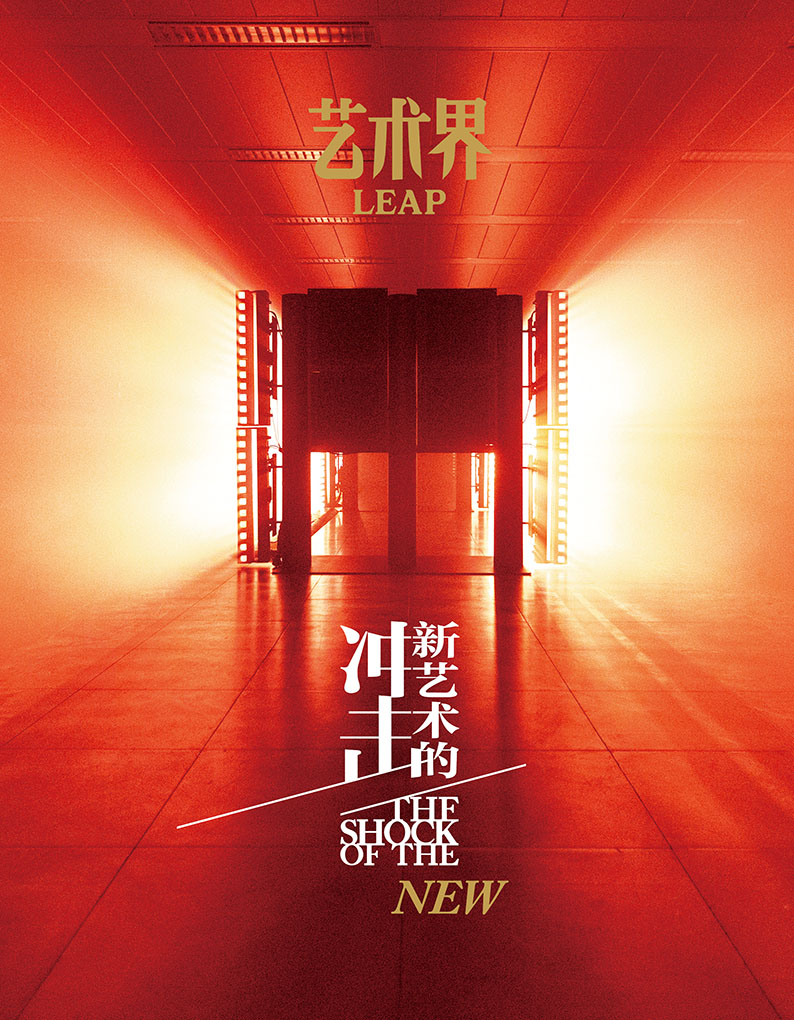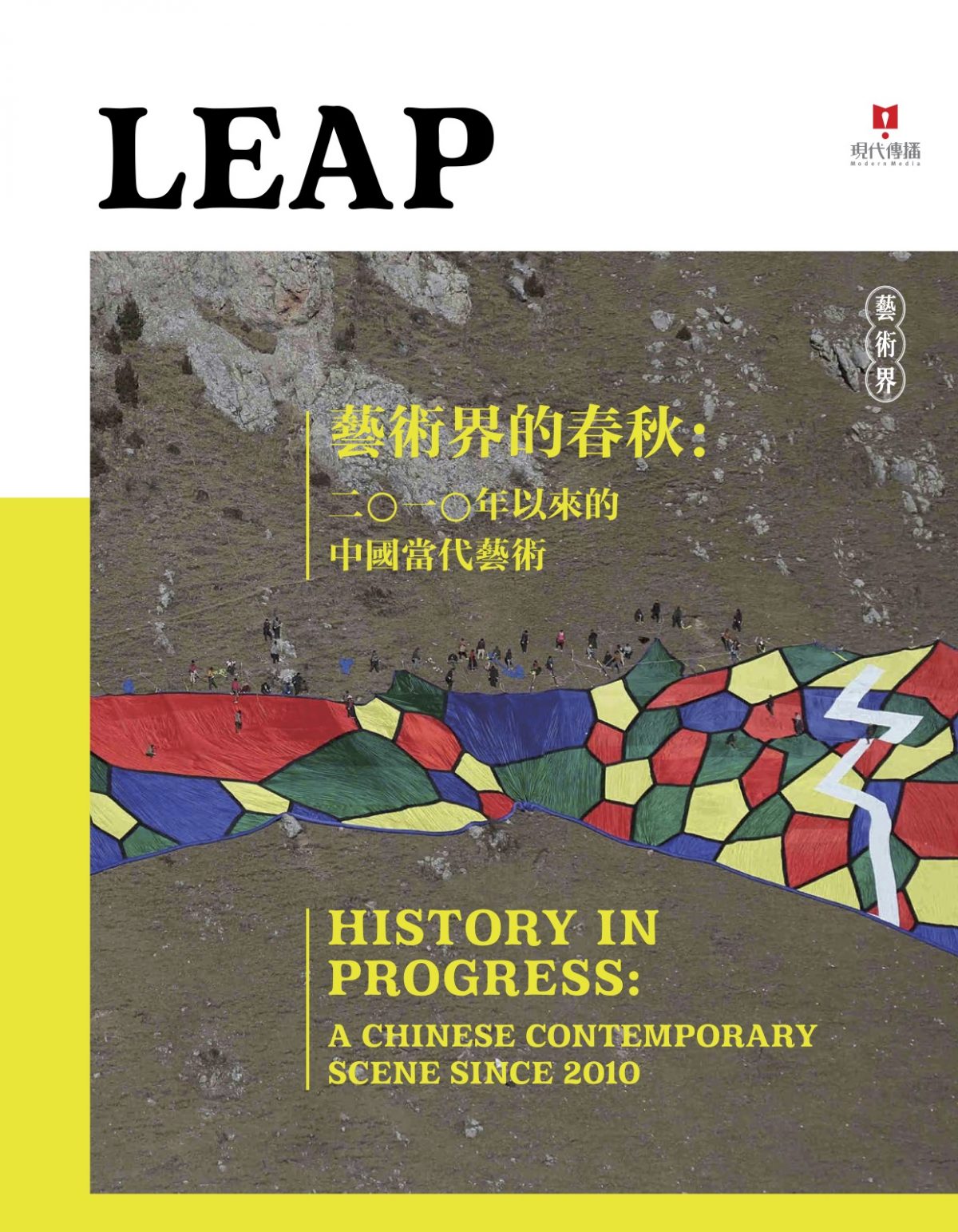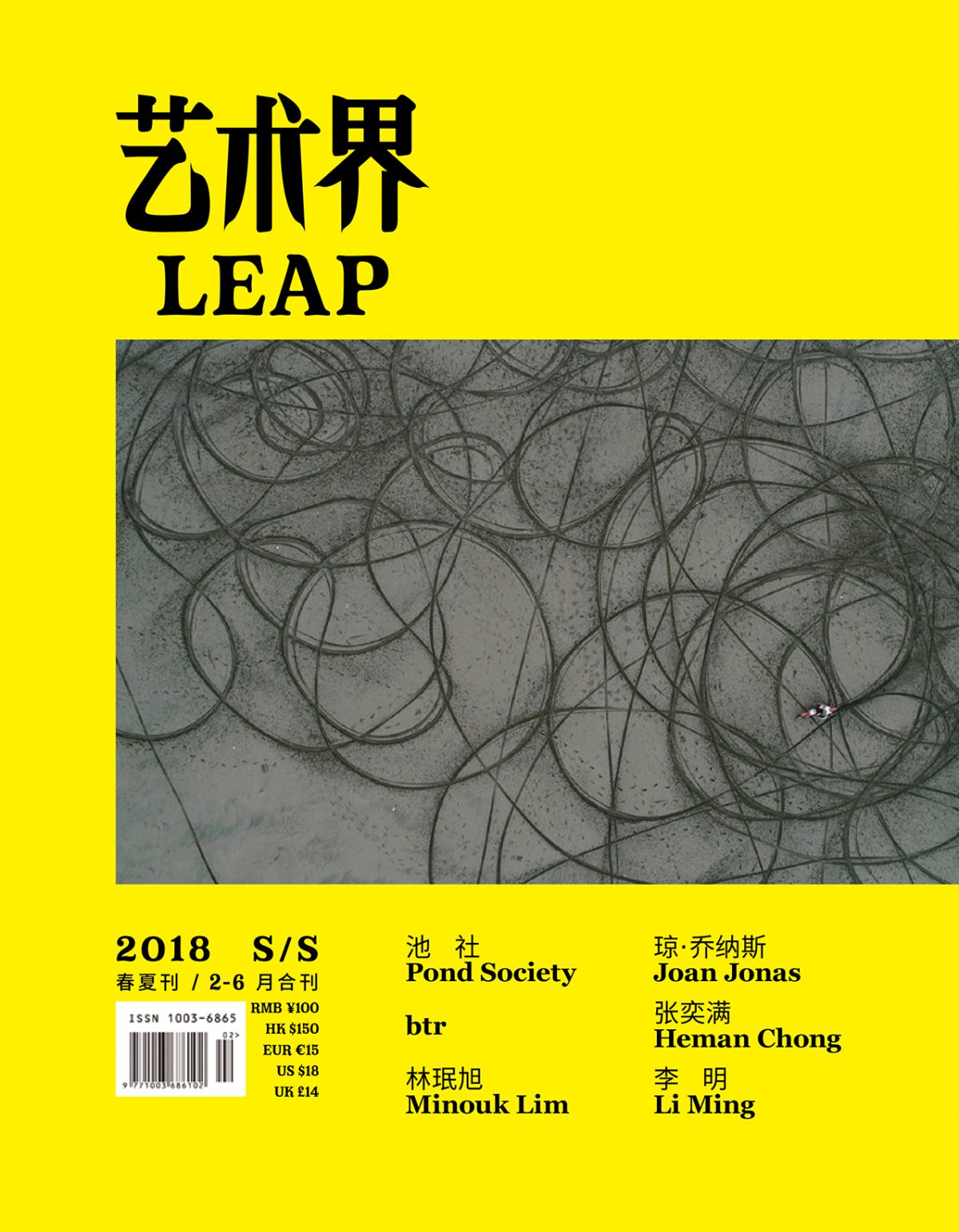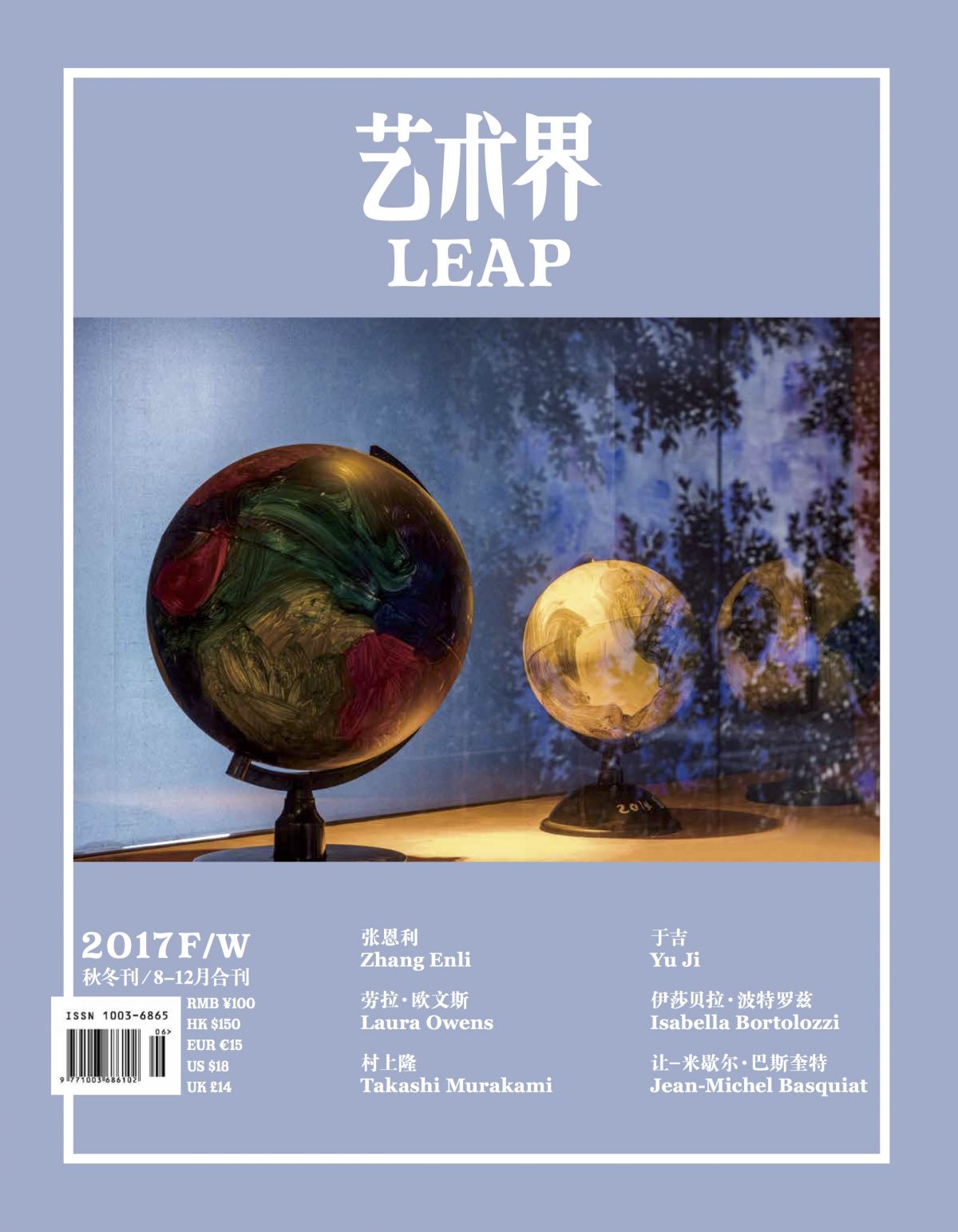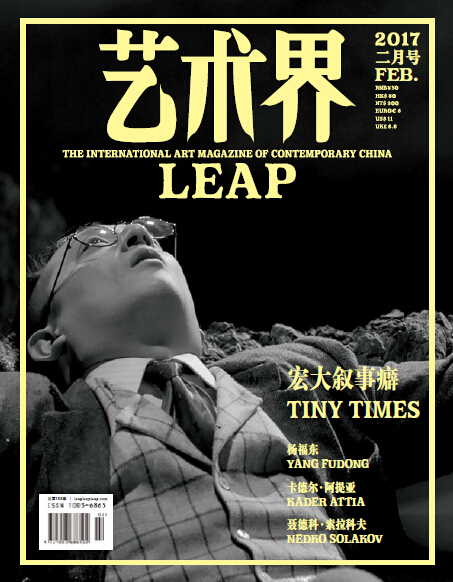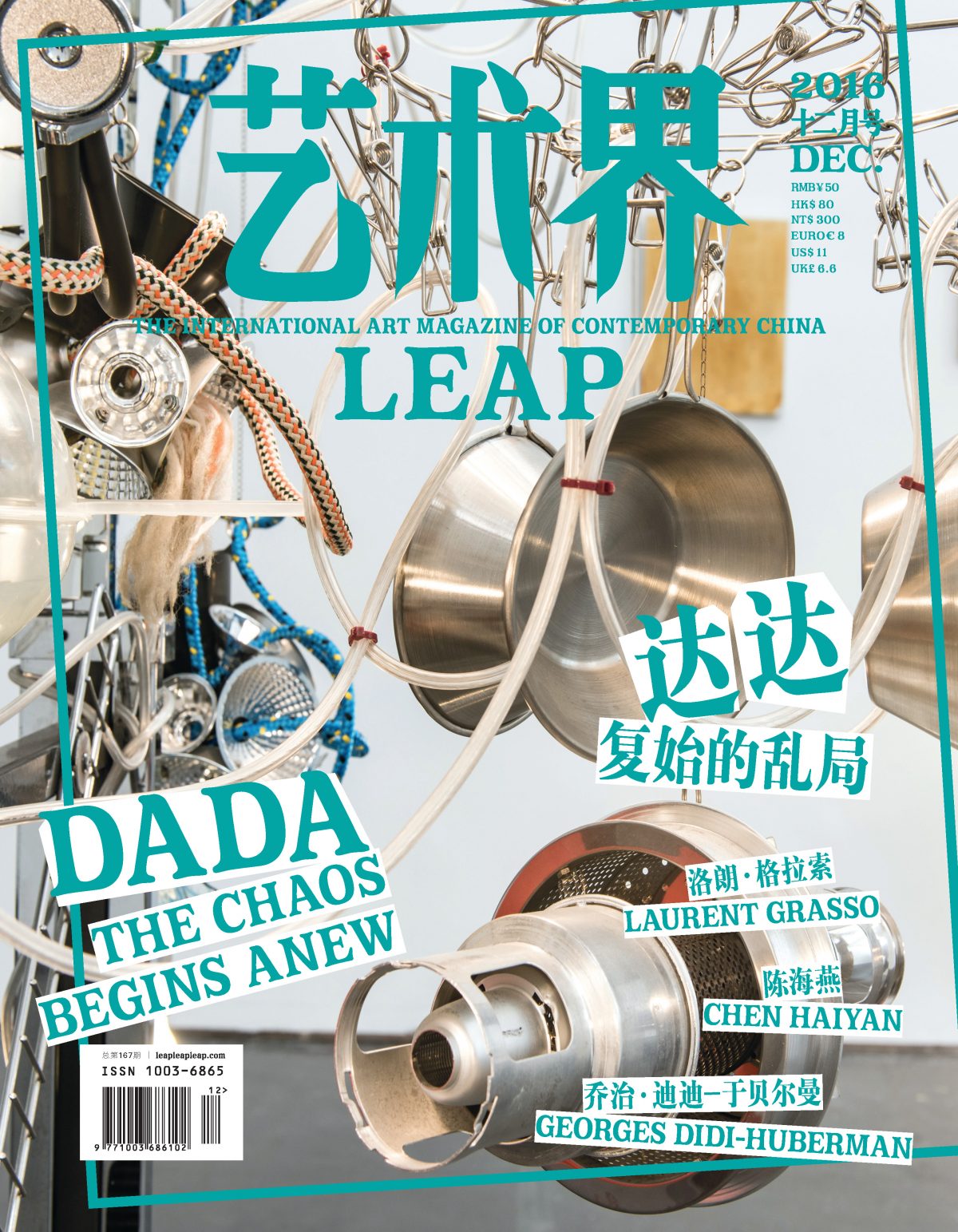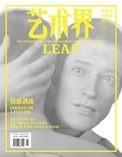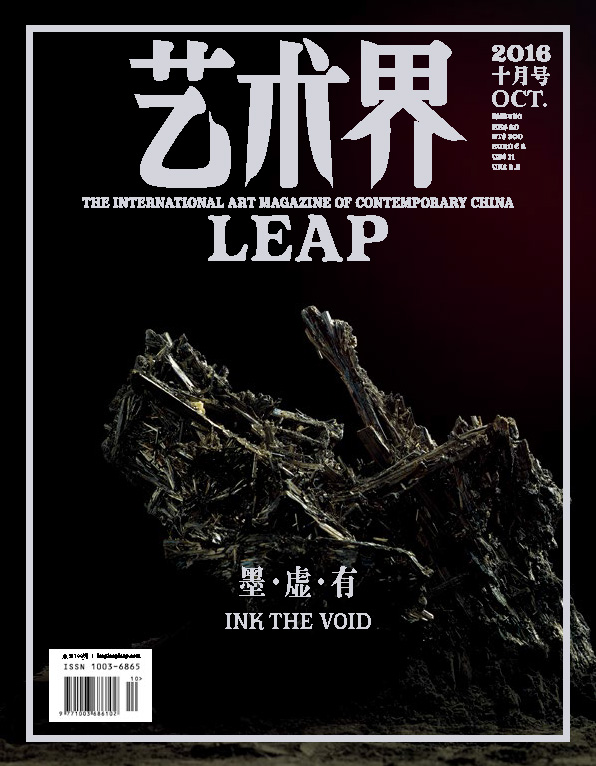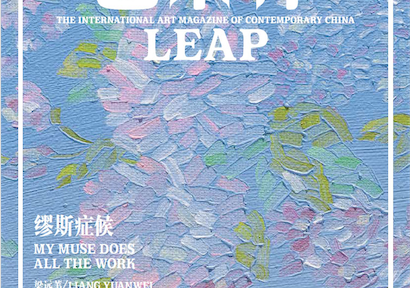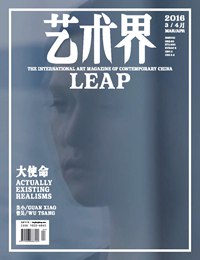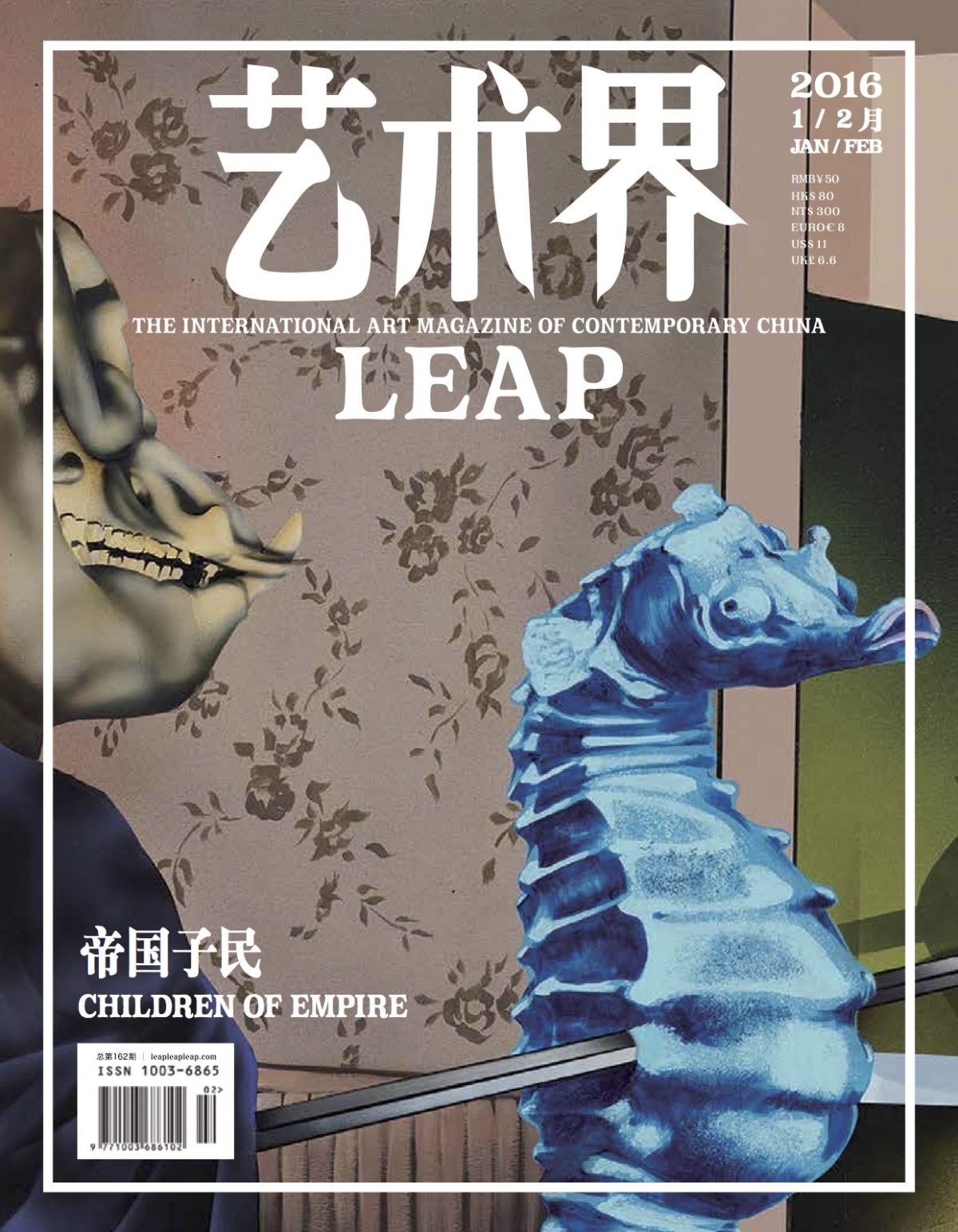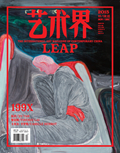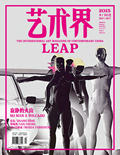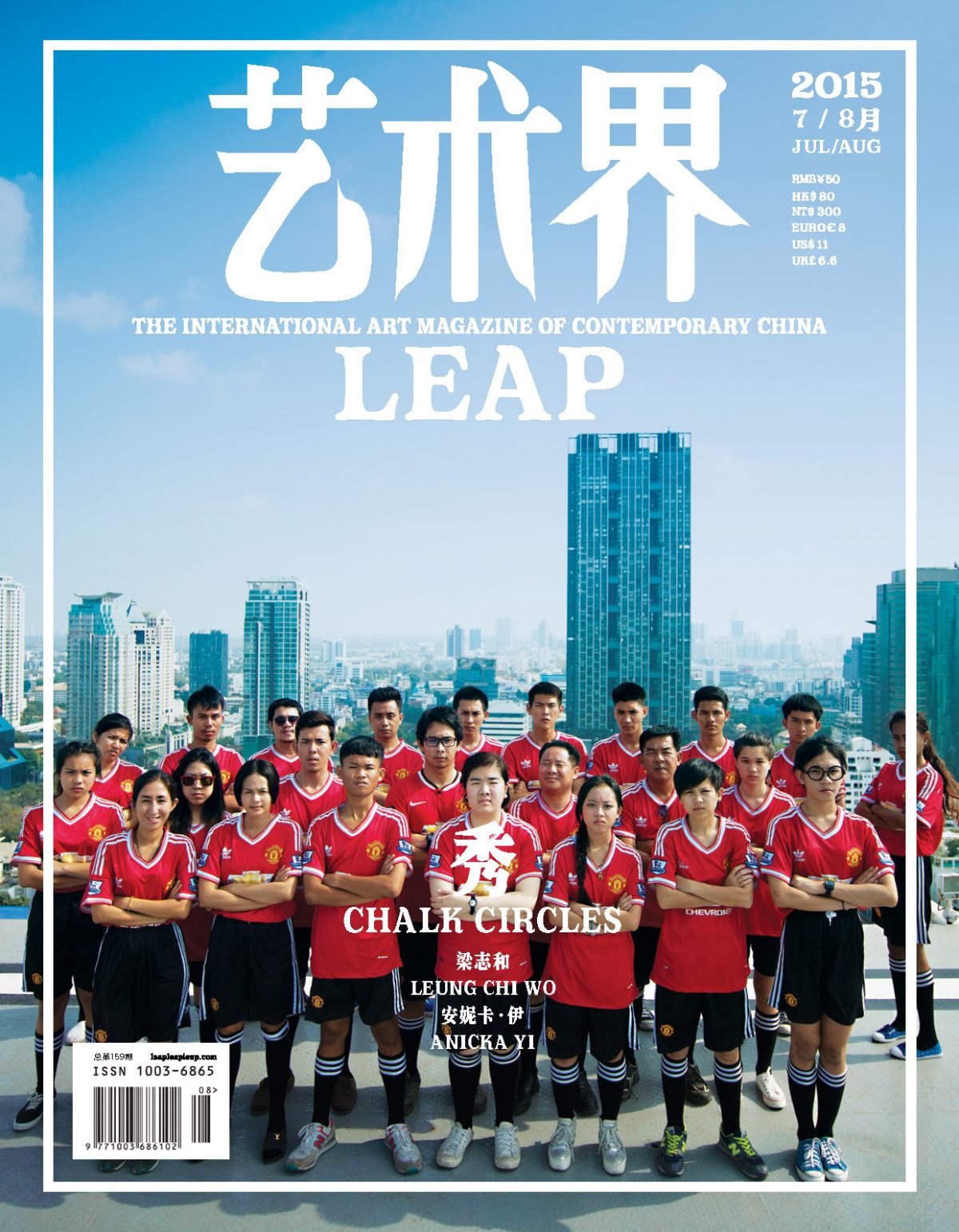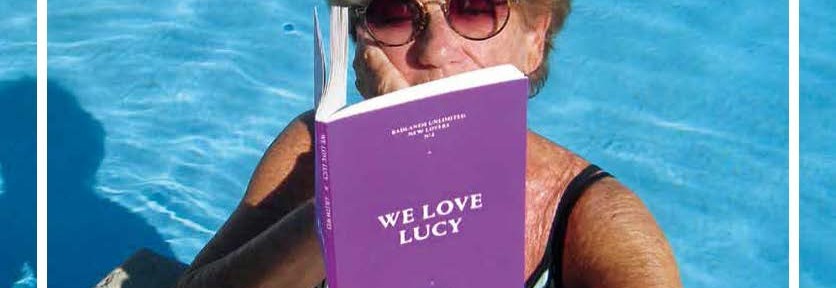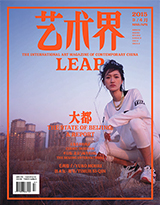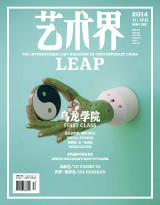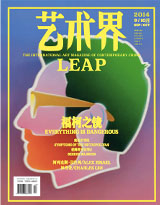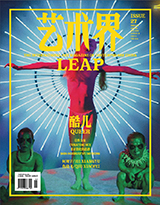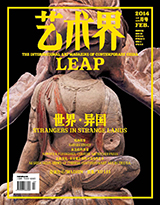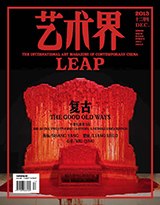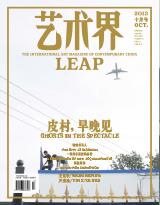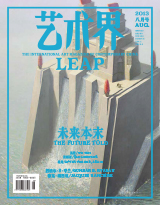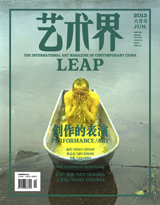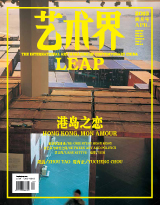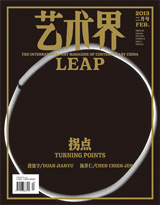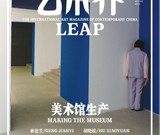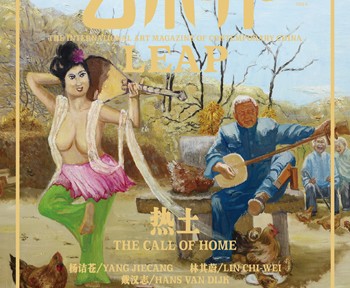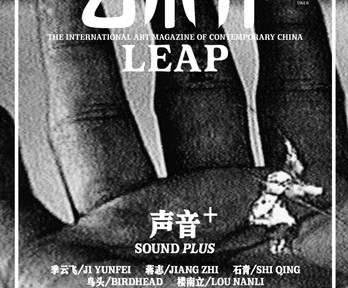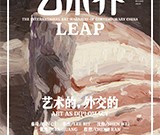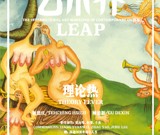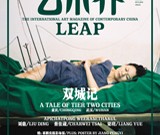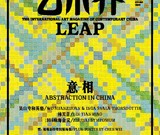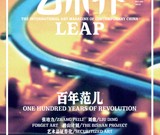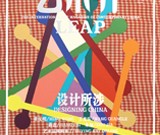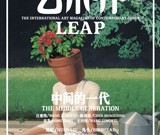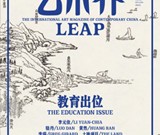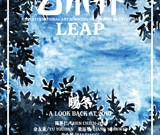“Factory Girl” flips that logic by turning art into a commodity. For example, a Christmas hat is both a cheap product on the assembly line and an artwork redefined by the artist’s labor. This blurring of boundaries makes us question what gives art its “value”—is it its originality, or the social context in which it’s placed?
Read MoreHidden behind every failure of embodiment in Zhang Peili’s bodily imagery lies an eternal unease—and this unease is none other than illness itself.
Read More“It’s massive, silent, invisible—until someone points it out. Your poetry gives me that same feeling.”
Read MoreModernity is no longer a solution here, and the modernity of colonization is but a bunch of embarrassing, superficial spectacles. While the anger born in oppression burns and advances, it seems to have been embodied in the histories of Asia and armored with alchemists’ gold—no more opposition between the soft and hard, the resolving and clumping, and perhaps some wiser Dao of life may allow all of them to co-exist.
Read MoreFor today’s documentarians who focus their cameras on the workers, who seek to make documentaries of and for our time, the mission has extended beyond bringing cameras into factories—They must find ways to excavate and preserve these archives, guiding them through the algorithmic barriers into wider view.
Read More“Beyond the territory of the ‘art circle,’ which consists of artists, galleries, museums, institutions, collectors, curators, critics, and the media, there still exist enclaves where art workers exercise their raison d’être.”
Read MoreIn this new world, video games have ascended to a position of immense and all-pervasive cultural influence, a power that sculpts both our memories and imaginations. It then begs the questions: how did video games emerge from the war machines within the global context of the 1960s, and continue to integrate into the depiction of wars and imaginations of the apocalypse within mass culture? How did the anxiety about and revulsion against nuclear disaster from the Cold War era seep into these virtual battlefields? And how have these elements become part of the players’ historical memories, and passed down to the next generations and beyond through the re-mediatization of TV and movie adaptations? Now, more than ever, it is crucial to grapple with these questions.
Read MoreThe Boys of Summer is such a successful game because it lures you in with its pop colors and whimsical soundtrack, and then gradually, maybe without you even noticing it the first few times, outlines the structures and forces that govern our lives.
Read MoreInstead of a Global South collectivity defined in opposition to state power, perhaps it’s time for a reimagination of the state truly adequate to the task of dismantling the imperialist structures that have persisted through the age of nation-states and the Global South’s ongoing exhibitionary turn.
Read MoreThrough practice, observation, and imaginative exploration of future possibilities, sports and art offer a transcendent interpretation of our current reality.
Read MoreOn February 25, 2024, Aaron Bushnell, a 25-year-old serviceman of the United States Air Force set himself on fire outside the front gate of the Embassy of Israel in Washington, D.C., protesting the United States’ continuous support for Israel in the war. Bushnell live-streamed the act and declared, “I will no longer be complicit in…
Read MoreGames are also worlds made of language. Through the technical languages of game engines, programming, and more, video games seemingly bring interactive worlds into being from the virtual void. However, no virtual environment is absolutely empty. Instead, they’re laden with their creators’ languages of cultural and aesthetic reference.
Read MoreThis small attic studio is a crossroads of diverse hidden worlds, and it is also a creator’s complete world, where all curiosities and explorations are their corresponding objects. Here, Xiao Longhua is always playing.
Read MoreIn dark play, every experience can be the establishment of a new game. The dominant influence of the game designer fades away, allowing players to redefine their characters within the game world and fundamentally alter the game’s nature through this reinterpretation.
Read More“People probably want to believe that they are using tools, instead of the other way around.” [9] This sounds familiar, and it also reveals Miao Ying’s vigilance for the morphing role of an artist: While taming the AI, how can artists avoid the scenario where they actually become the sheep that AI shepherds?
Read MoreFrequent bodily movements within urban space bring about spatial transformations and make certain objects simultaneously serve as mediums for conveying and obstructing human emotions. When suppressed emotions reach a critical point, detachment and violence begin to manifest in the space.
Read MoreIn many senses, utopia is not a static, perfect blueprint; it simply cannot be. It is a journey where those around you help you understand that your suffering is not alone, and will not be in vain. They care and respond to your misfortunes, as themselves as individuals, but also as a collective whole. And so do you to them. As your misfortune ceases to be solely your burden but becomes a valuable experience that can bring about collective transformation. And this transformation can be as small as a change in rent contribution in the community[18], it can as well be as big as a planetary shift.
Read MoreThe idealized living world that New Villages once represented dissipated accordingly…Only when introducing the origin of New Villages to new urban residents do people recall that seed of utopia from a distant time and space.
Read MoreWhat we see in slime is its abjection and monstrousness that may flow out of our control. Like the encounter between the terrestrial beings and Solaris’ ocean, in the countless attempts to access the unknown reality, humans helplessly project themselves onto the slime surfacing from the unknown reality.
Read MoreWe shall reject a pseudo-utopian calmness and stay in the disturbing forces of the universe – a universe that creates and constitutes us, and constitutes animals, and constitutes organisms, and constitutes the rest and the others. Life shall then be understood inclusively as a set of strange and intimate relations, inter-depending each other.
Read More
